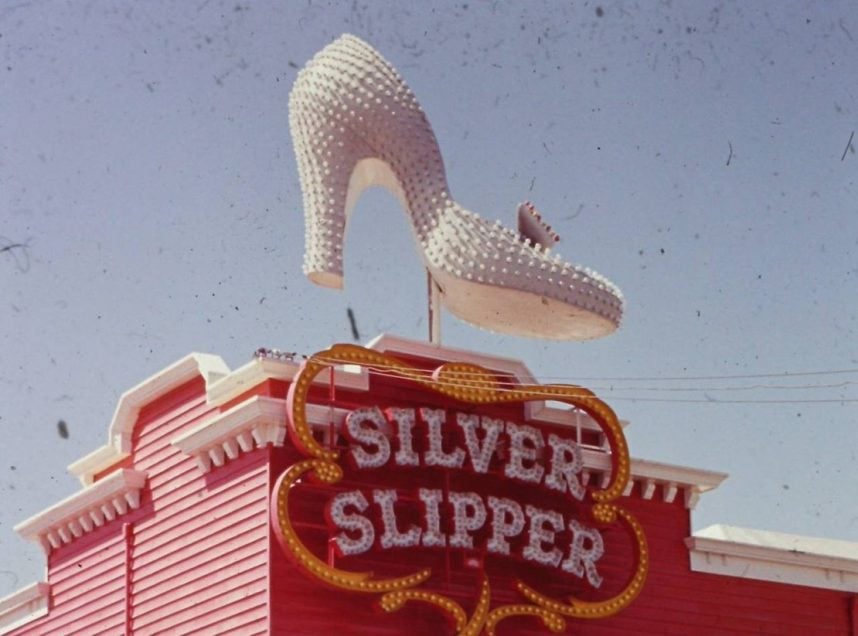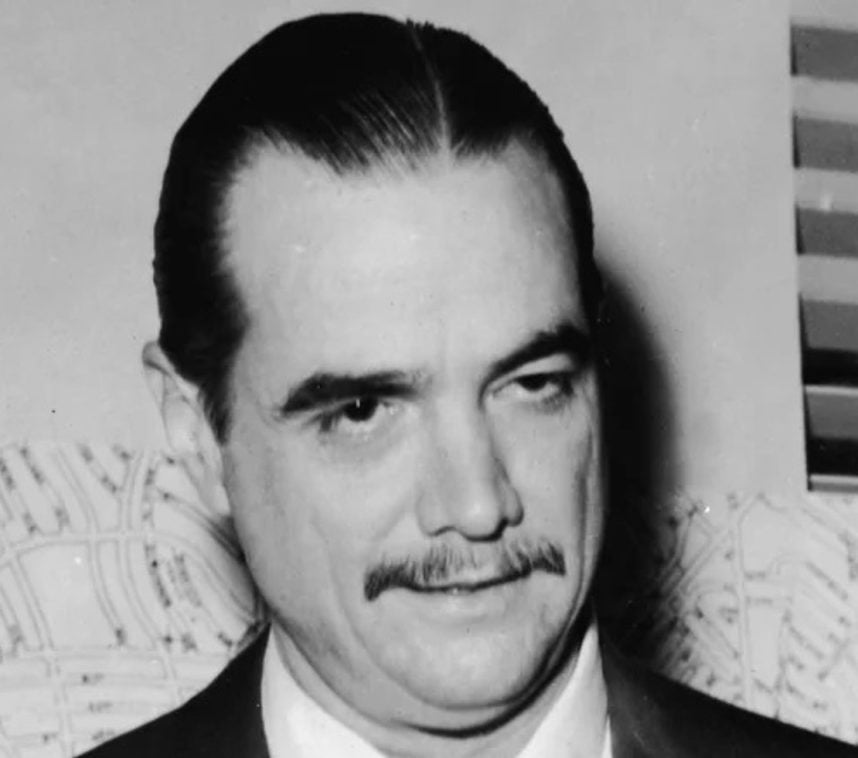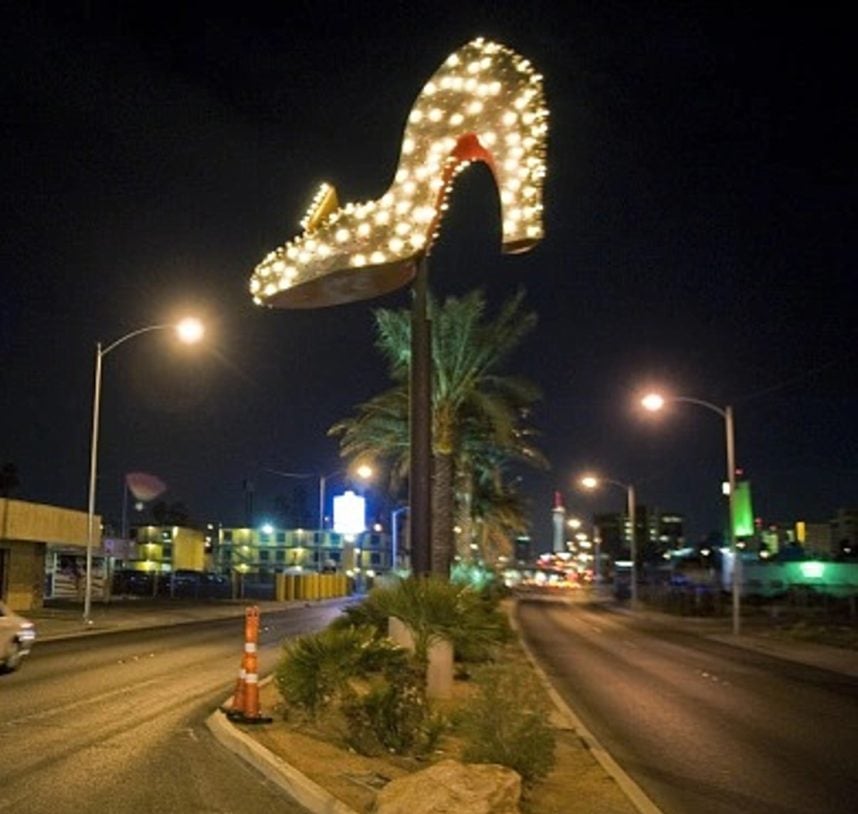
Vegas Myth Debunked: The Real Reason Howard Hughes Bought the Silver Slipper Casino
Howard Hughes' supposed purchase of the Silver Slipper casino to dim its bright sign is a popular Las Vegas myth that's been debunked by historical evidence and firsthand accounts.
The iconic Silver Slipper sign, designed by former Disney animator Jack Larsen Sr., featured a 12-foot tall, 17-foot wide rotating high heel with 900 lightbulbs. It was installed in 1954/1955 and operated until 1988.

Las Vegas Silver Slipper sign, 1965
Why the myth is false:
- Hughes kept his Desert Inn penthouse drapes permanently closed, making external lighting irrelevant
- Timeline inconsistency: Hughes began buying casinos in March 1967, but didn't acquire the Silver Slipper until April 30, 1968
- The Frontier's sign was actually larger and brighter than the Silver Slipper's
- The myth originated from an erroneous Las Vegas Review-Journal report that was later quietly retracted

Howard Hughes portrait in black-and-white
The real story:
Hughes began his Las Vegas casino purchases when the Desert Inn threatened to evict him from his penthouse suite. His first purchase was the Desert Inn itself for $13.2 million, followed by several other properties including the Silver Slipper for $5.4 million.
According to Paul Winn, Hughes' director of corporate records, "He bought the Silver Slipper because it was available, no other reason."

Illuminated neon shoe sign
Today, the restored Silver Slipper sign is displayed along Las Vegas Boulevard North as part of the Neon Museum's collection, where it continues to illuminate the city's colorful history.
Related Articles

WILD BUT TRUE: The Craziest Vegas Stories That Actually Happened

